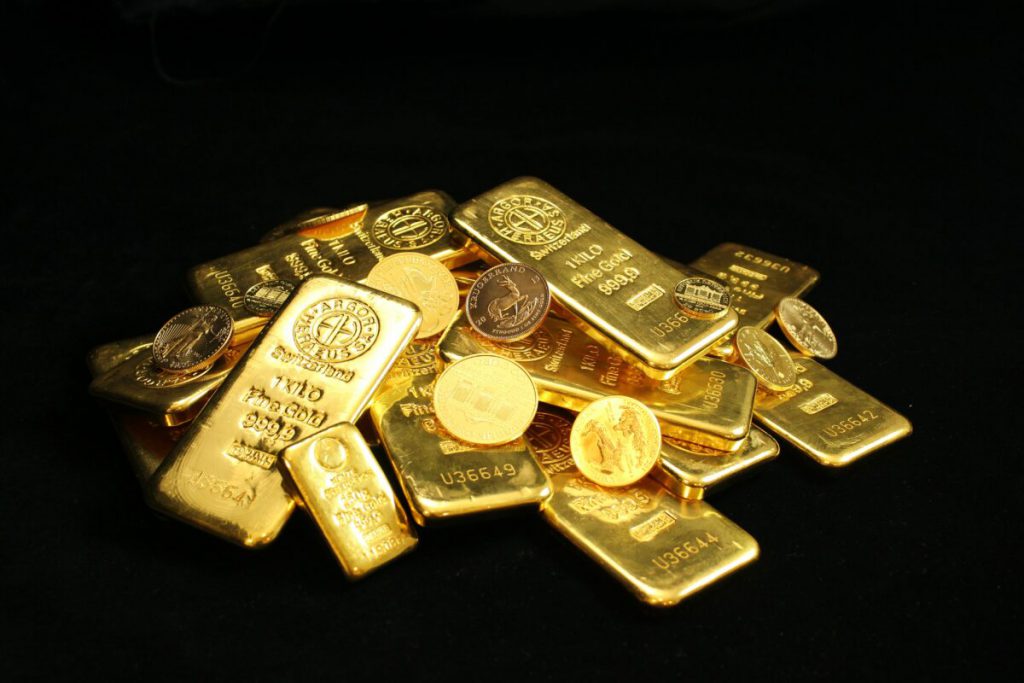
Gold Prices Drop, Limiting Losses With A Weaker Dollar
A weaker dollar cushioned more losses in bullion as gold prices fell on Monday as investors prepared for U.S. economic data this week that could affect the Federal Reserve’s future policy. Spot gold was down 0.2% to $1,922.58 per ounce. On Friday, it soared to its highest level since April 2022. Additionally, U.S. gold futures fell 0.2% to $1,924.10.
Since the dollar index fell by 0.3%, buyers holding other currencies found gold priced in dollars appealing. Before the policy meeting on January 31–February 1, investors will closely examine the U.S. fourth-quarter GDP growth report on Thursday and the U.S. personal spending data on Friday.
Zero-yield bullion typically performs well when interest rates are low. According to Clifford Bennett, chief economist at ACY Securities, the prevailing narrative that the Fed will have to scale back or cease rate hikes in the coming months supports gold. Following four consecutive rate hikes of 75 basis points, the Fed increased rates by 50 bps last month.
Spot silver declined by 0.9% to $23.73 per ounce, platinum fell by 0.2% to $1,041.50, and palladium increased by 0.3% to $1,731.57, among other precious metals. White metals, which are used more industrially than gold, are under pressure due to concerns about growth, according to UBS analyst Giovanni Staunovo.
Gold Advances On Hopes Of A Less Aggressive Fed
The Lunar New Year holiday, recognized in major Asian centers, generally slowed down trading. On Monday, gold rose beyond $1,930 an ounce, returning to its nine-month highs amid a general decline in the dollar value as recent remarks from Federal Reserve officials and deteriorating US economic statistics suggested that future monetary tightening may be less pronounced.
Fed Governor Christopher Waller advocated for a lesser 25 basis point hike at the following meeting, noting that impending rate changes and an anticipated continuation of the inflation decrease brought policy “quite close” to being “sufficiently restrictive.”
Investors are now anticipating a plethora of US data, such as the Q4 GDP growth rate, the PCE price index, durable goods orders, and personal income and spending statistics, which may provide insight into the rate forecast.
As higher interest rates increase the opportunity cost of storing non-yielding bullion and vice versa, gold is highly sensitive to the forecast for rates. In the previous week, Comex gold prices increased for the fifth consecutive week, reaching a new nine-month high of $1,939 as worries about a recession were stoked by a weaker currency, weak corporate profits, and layoffs.
Since early November, the yellow metal has had a one-sided comeback after falling to a 28-month bottom of $1,618 on hints that the Federal Reserve was becoming less hawkish, which led to a drop in the dollar value and US government yields.
The likelihood of a downturn in the US, a cooling of inflation and the labor market, and a Fed reversal may all support gold prices going forward.


